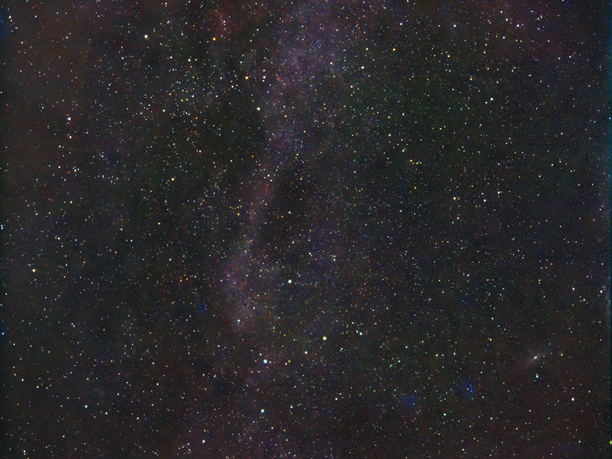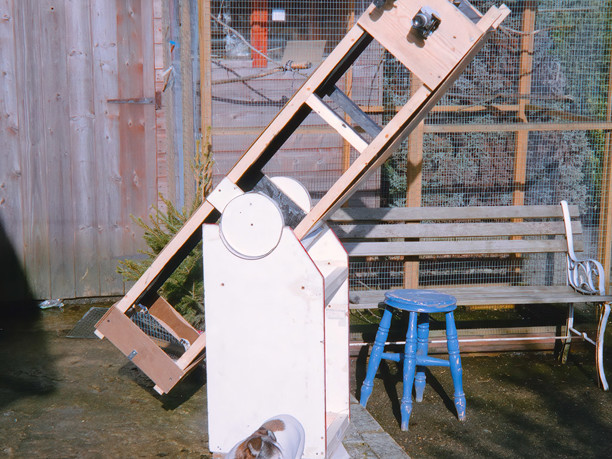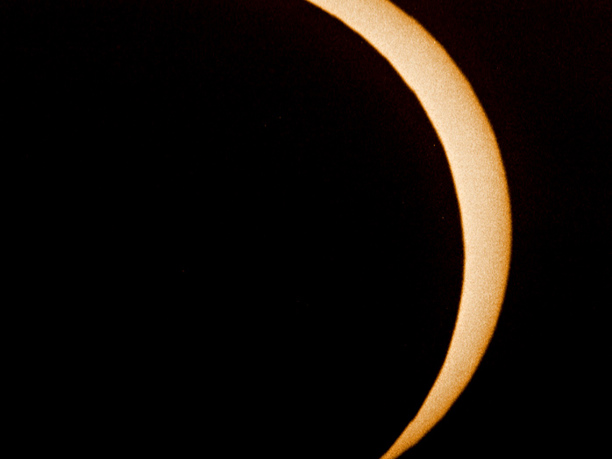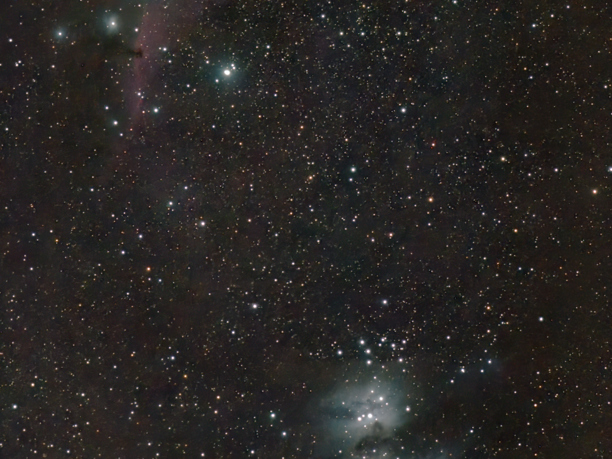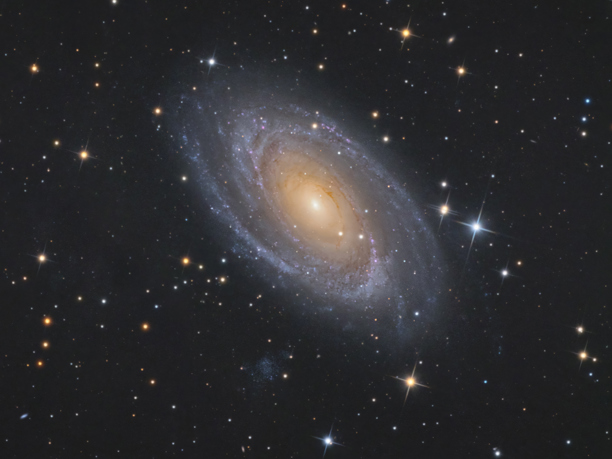About
My interest in astrophotography began as a teen in the early 1990s, inspired by Michael Covington's "Astrophotography for the Amateur." Here is a timeline highlighting the key developments in my journey.
Early 90's
Motivated by Covington's book, I started with wide-field imaging using a 28mm Minolta lens and experimenting with various types of film, including some hypersensitized options. My initial attempts were short exposures of 20 or 30 seconds, gradually progressing to manually tracking stars for up to 15 mins with a basic equatorial mount.
Mid 90's
I acquired my first telescope, a 60mm achromatic refractor from an unknown Japanese manufacturer, purchased through Orion Optics. This allowed me to sketch the moon, leading to some of my drawings being published in Astronomy Now magazine.
Next I built a homemade 200mm reflector using spare bits of wood. Despite the challenges of a very limited budget and the lack of collimation for the mirrors, this telescope, mounted on a dobsonian base made from an old computer desk, provided my first unforgettable view of the Orion Nebula.
Late 90's
The solar eclipse in August 1999 in the UK focused me on solar imaging. Until that point I had always used projection to view the sun but for this event I built a solar filter. Unable to travel to Cornwall, I photographed the eclipse from my backyard using a small telescope and a Canon EOS 5 camera with XPAN 400 film.
Early 2000's
Upgrading to a Vixen VC200L, I captured images of Saturn, Jupiter, and Mars using a Phillips webcam. The long focal length of the telescope posed challenges in tracking deep sky objects.
My transition to digital photography started with a Canon 10D with a 200mm 2.8 lens, mounted on a Vixen Polaris mount for long exposures. This setup was used to photograph the Orion Nebula and the M81/M82 galaxies, though the single frames and tracking limitations meant the results were somewhat constrained.
Late 2010's
After sporadic attempts at imaging various celestial objects, my interest was fully revived in 2018. I invested in a high-quality mount and a 100mm refractor, which significantly improved my image quality, allowing me to capture the kind of images I could never have dreamed of making in the 90s.
This gallery showcases the progression of my astrophotography over the years and reflects the huge advancements in technology.
